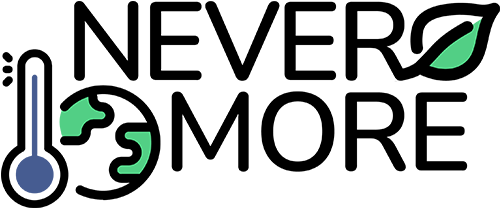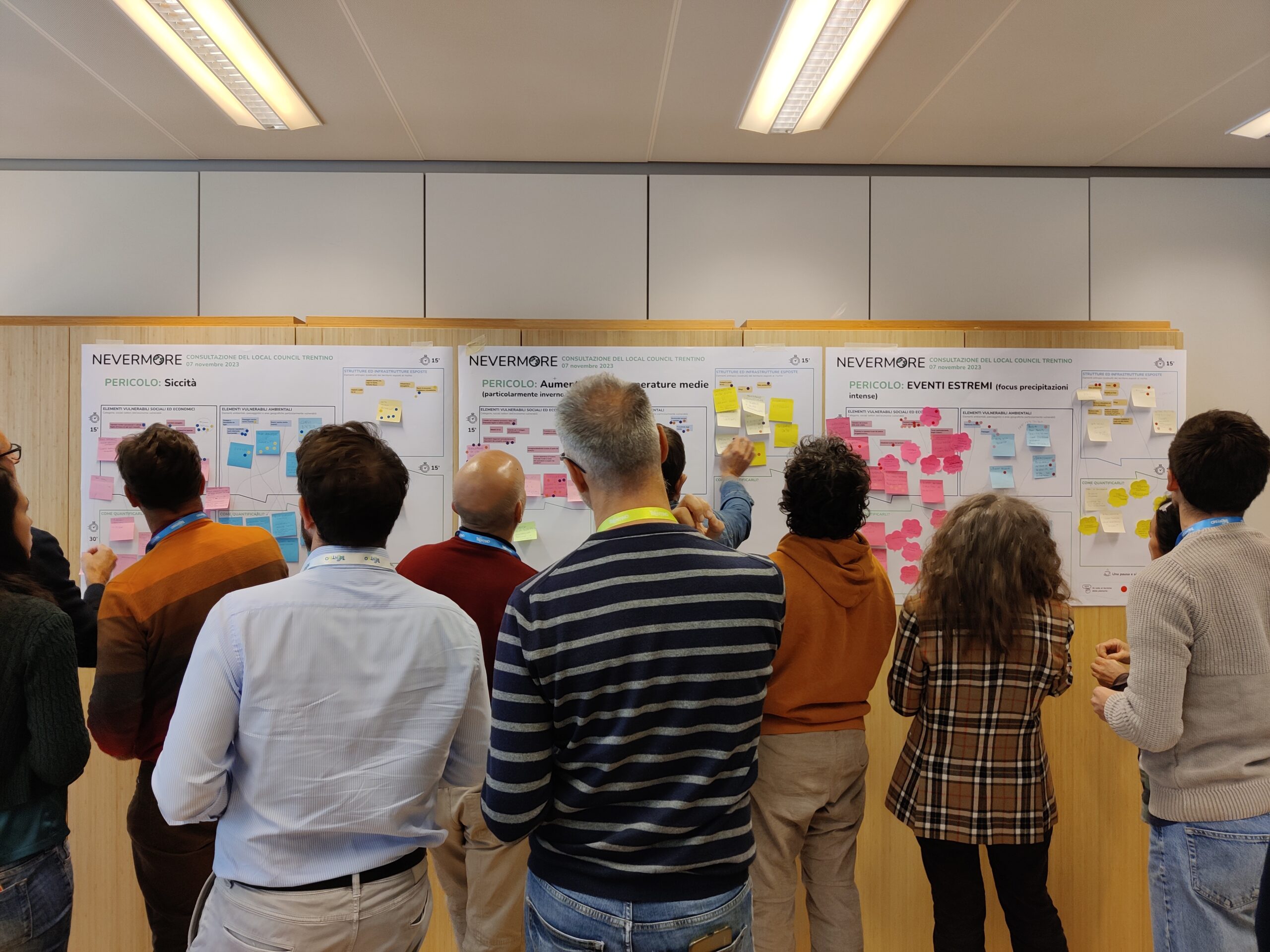The Trentino Local Council usually involves different kinds of key players. In fact, the events of the Local Council count the participation of the local administration and its agencies, tourism boards, businesses such as energy companies, technological companies, category associations, museums, media, and representatives from the civil society and youth associations. The stakeholder group, with the diverse backgrounds and competences of its members, is designed to be a physical and intellectual place for discussion and exchange of ideas, skills, and sectoral knowledge on climate change challenges.
After the first two meetings of the Local Council, held in March and May 2023, the MUSE (science museum) of Trento welcomed at the beginning of November the third appointment with the local stakeholders. Participants put their knowledge and experience into play for a new moment of discussion on the environment issues in the tourism sector. The focal point of the event were those elements of the territory that are subject to the three types of hazards on which the Case Study Leader (the Autonomous Province of Trento – PAT), in accordance with the outputs of the previous meetings, decided to focus on, namely extreme events (particularly, heavy rainfalls), the increase of average temperature, and droughts.https://www.vtmorganheritagedays.org/carriage-competition/s10 phone case
The meeting, hosted by the Trentino Case Study Leader, with the support of the Bruno Kessler Foundation (FBK), had three main objectives, which defined its contents and structure.
These main objectives were:
- to determine which economical, social, and environmental elements and physical assets of the territory are subject to the selected hazards in relation to the tourism sector,
- to discuss with stakeholders possible ways and data to quantify impacts (in terms of vulnerabilities or opportunities) on these elements,
- and, finally, to understand the perception of local stakeholders with respect to both the degree of fragility and the importance of the elements and assets identified during the consultation phases.
In order to develop the themes listed above and to engage the stakeholders, they were involved in different discussion and co-creation activities, which took place thanks to the use of some supporting materials, such as maps, graphs, and posters to write on. The participants have been, at first, divided into three collaborative working groups, each focused on one of the selected hazards, and, then, they gathered for a plenary voting activity, aimed at pinpoint, between the identified socio-economic elements, environmental elements, and physical assets, those that are perceived, on the one side, as the most susceptible to impacts and, on the other side, the most valuable.
The consultation was effective in collecting information and first-hand experience with respect to the topics addressed. As, and perhaps more than, in previous meetings, the key role of local stakeholders in the work of the Trentino case study was reconfirmed. Knowledge of the area and its society and their fragilities/strengths from different but complementary points of view has, in fact, made it possible to map the vulnerabilities of the territory in a useful way and to start thinking about how to address them. The participants’ differences in approach also allowed them to delve deeper into the opportunities linked to current and future changes, starting to think in terms of development potential and, thus, obtaining all-round reasoning on the topic. The work carried out will be a useful milestone for the development and implementation of the next project steps, starting from the project tools. All this with the ultimate goal for the Trentino tourism system to face the challenges of climate change, preserving and creating value for the territory and its host communities, as well as for its guests.

